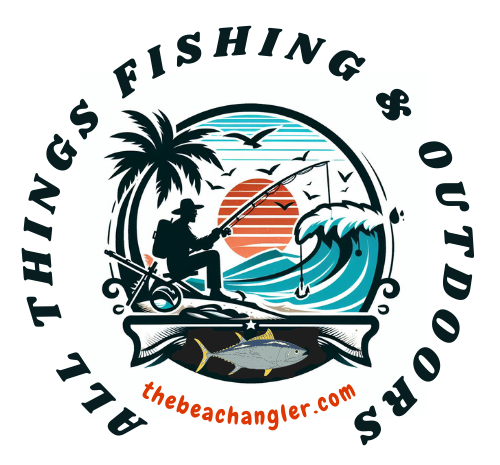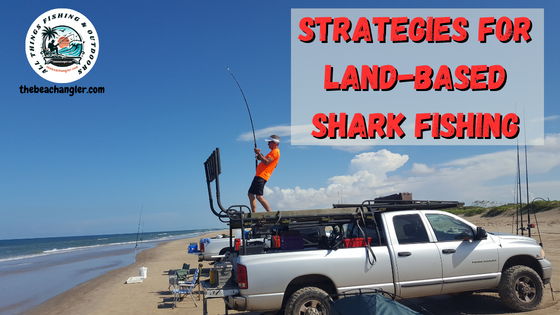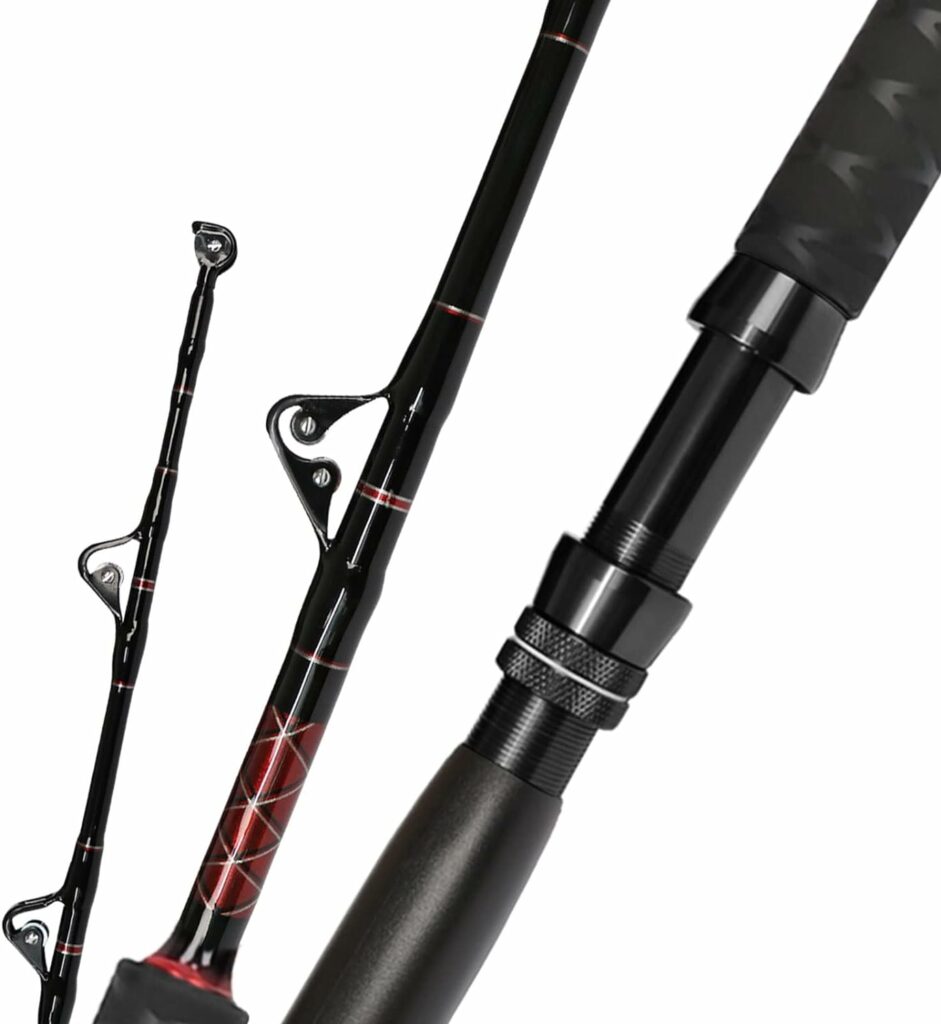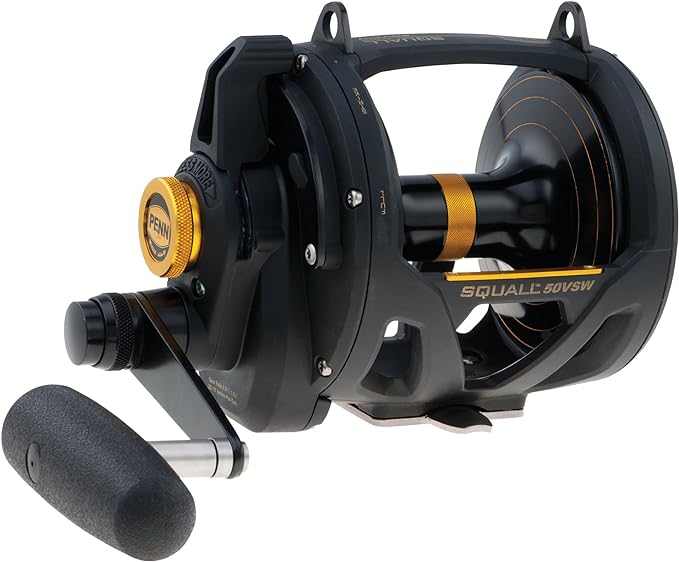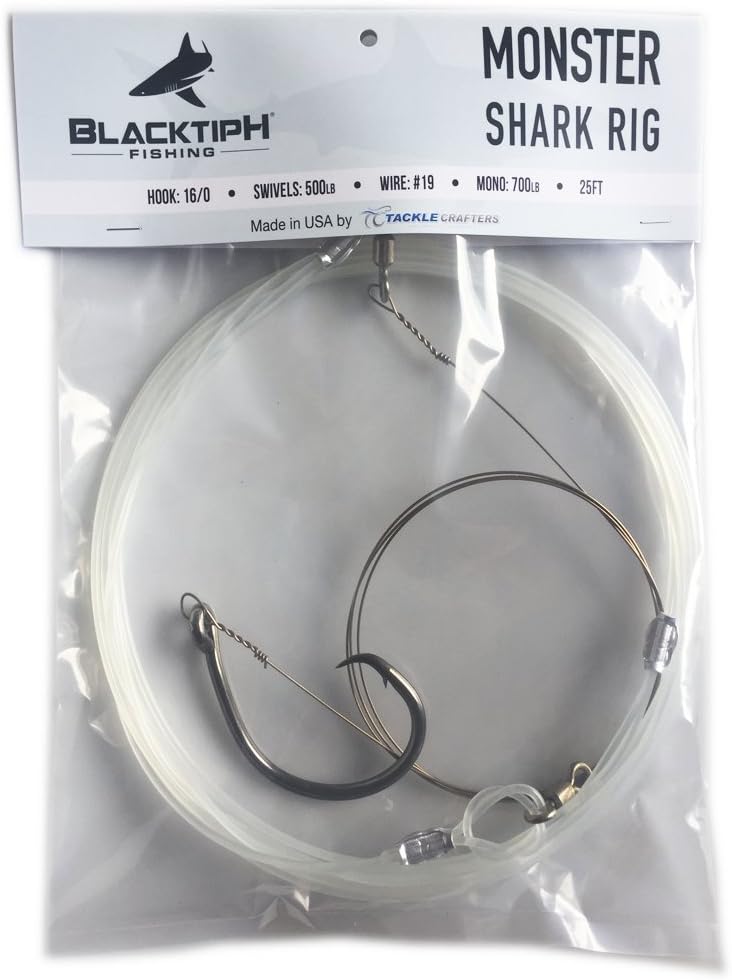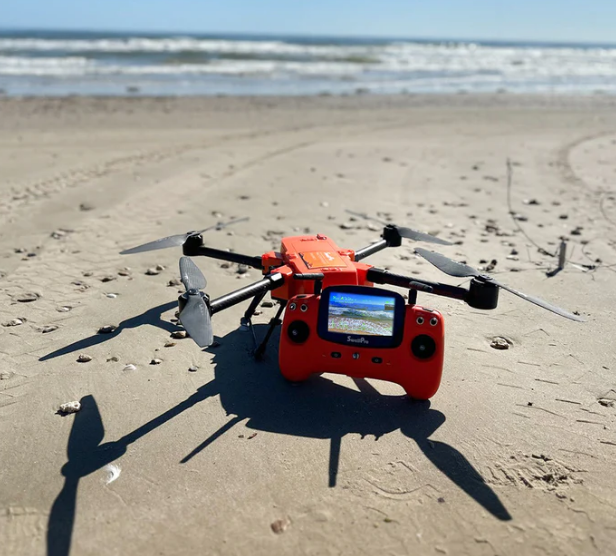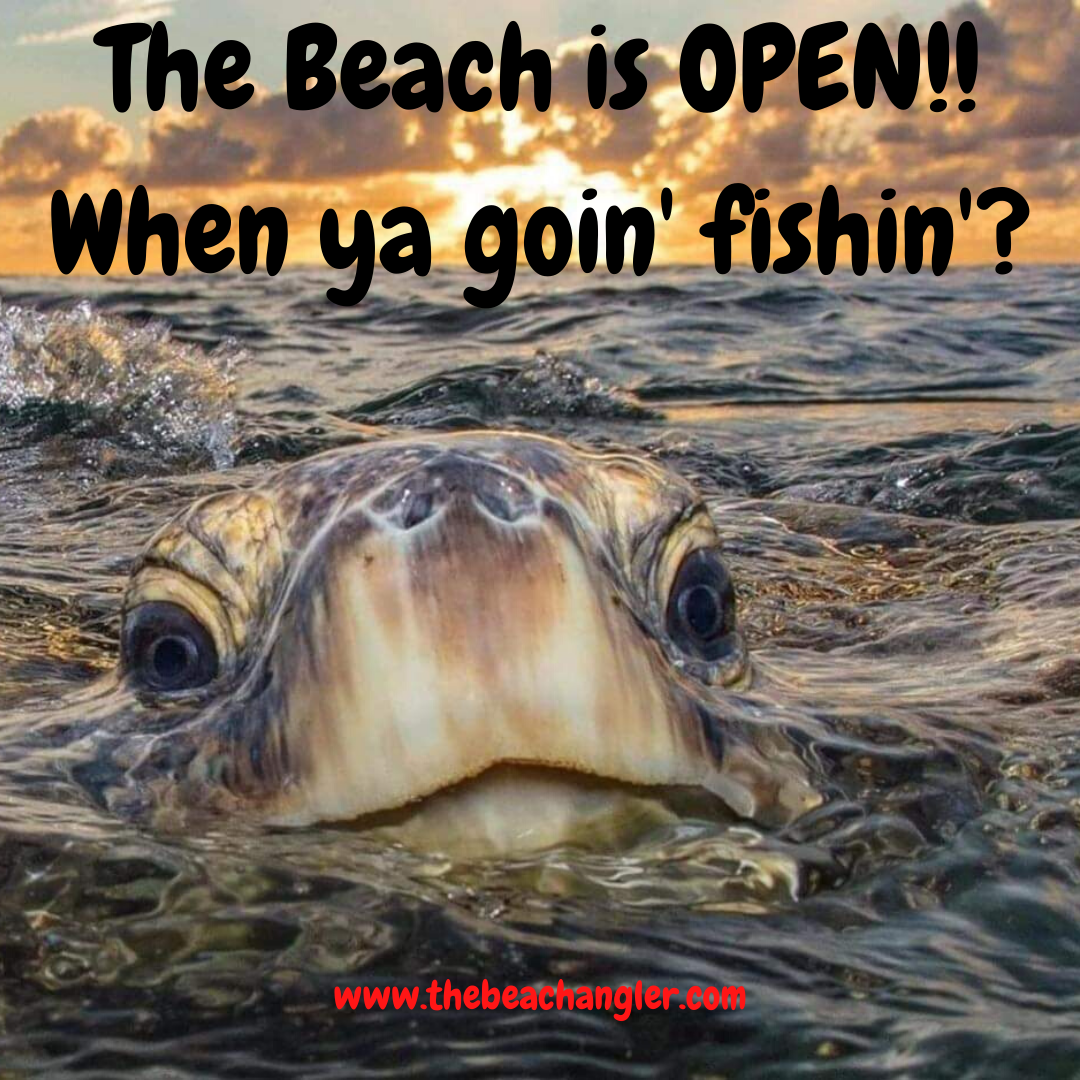You’re probably here because you’ve heard about the thrill of land-based shark fishing. It’s a sport that’s gaining quite a following among anglers for the adrenaline rush and thrill of tackling these awesome ocean predators. But it’s much more than just about tossing a line into the surf and hoping for the best; it takes planning, preparation, some knowledge, and specialized gear. it’s also about approaching the sport with responsibility and respect for the ocean’s apex predators.
QUICK LOOK: Land-based Shark Fishing – What You Need to Know
- Learn Shark Behavior and Habitat – Sharks have specific behaviors and habits that can vary between species. Knowing the habits and preferred habitat of your target species will improve your odds of success.
- Check local laws and regulations – Different countries, states, and regions may have rules and regulations for shark fishing that you should be aware of and adhere to.
- Gather the proper gear- Land-based shark fishing will require some specialized gear including specialized rods, reels, lines, hooks, and leaders.
- Determine your Fishing Technique – Whether casting baits from shore or deploying large baits via kayak or drone, land-based shark fishing requires special techniques and equipment.
- Practice Resource Conservation – Some shark species are protected and many populations are dangerously overfished. Unless keeping a shark for the dinner table, please try to practice safe catch-and-release to ensure sustainable populations for the future.
I’ve been land-based shark fishing for many years now and there’s a lot of myths and misinformation floating around when it comes to targeting these magnificent creatures from the shore. Let’s try to put those myths to bed and highlight how we, as anglers, can enjoy this extreme sport of land-based shark fishing while still prioritizing the sharks’ well-being and maintaining healthy shark populations and marine ecosystems.
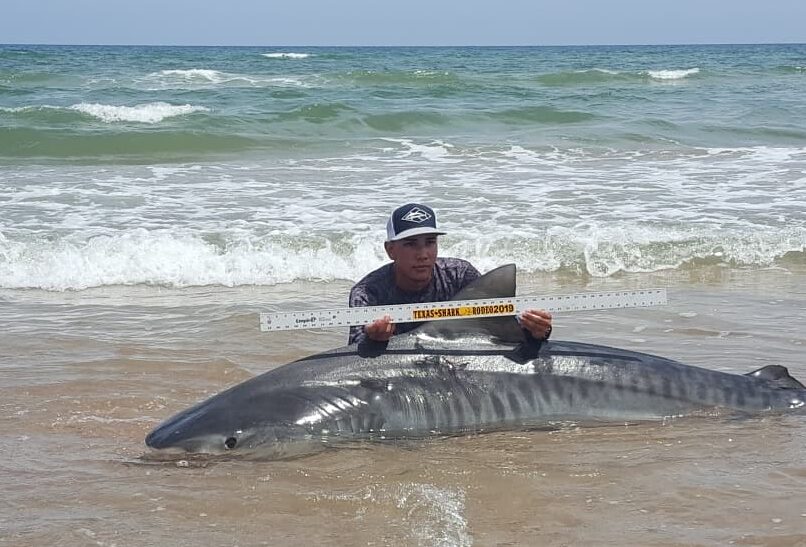
What draws anglers to land-based shark fishing is the sheer excitement of catching a powerful, and potentially dangerous, fish from dry land. However, this sport comes with its own set of rules and guidelines. From being careful to follow local fishing regulations to practicing successful catch and release, you need to understand the importance of doing things the right way.
So what’s the deal with land-based shark fishing? Essentially, it’s engaging in battle with one of the ocean’s most formidable creatures, and apex predators without ever leaving the shore. Though it sounds straightforward, a successful shark fishing expedition is a result of knowledge, skill, and preparation.
And that’s where understanding shark behavior and habitat comes into play. Knowing where to find sharks and how they behave is essential to increase your odds of a safe and successful land-based shark fishing adventure.
Understanding Shark Behavior and Habitat
To have any reasonable chance of success with land-based shark fishing you need to learn about how sharks migrate during different times of the year so you will know where you’re most likely to encounter them and when.
Knowing the feeding patterns of these incredible fish is another key to becoming a successful angler. Sharks are often on the move, chasing food sources, and their migration can be influenced by water temperature, salinity, and even breeding cycles.
Different shark species prefer distinct habitats. Some are more coastal, while others frequent deeper waters. For example, bull sharks are known to be quite comfortable in shallow bays, whereas mako sharks might be found further offshore. This isn’t just about tossing out a line and hoping for the best; it’s about strategic planning based on solid knowledge.
Look for areas with bird activity as they dive and feed on baitfish. Watch for schools of smaller fish moving erratically as this could be a sign of sharks nearby or actively feeding on them. Try to time your trip during baitfish migrations as predators like sharks will be following them.
These signs can often lead you to areas where sharks are actively hunting and good locations to set your lines. It’s these kinds of insights that can make or break your land-based shark fishing success.
Being aware of the conservation status of the sharks you’re targeting is crucial. The populations of various shark species have been declining, and as responsible anglers, we need to ensure our shark fishing activities don’t contribute to the problem. It’s not only smart—it’s our responsibility.
Gear Essentials for Land-Based Shark Fishing
So, you think you might be interested in the thrill of land-based shark fishing. That’s great. But before you hit the shore, it’s critical to arm yourself with the right gear. This isn’t a game of chance; it’s about preparation and having the proper equipment to deal with these powerful creatures. And, land-based shark fishing requires some specialized gear.
First off, let’s talk rods. You’re going to need something heavy-duty, capable of fishing with large baits and handling the fight of sharks. Look for a high-quality surf casting rod in the 10 to 12-foot range that can support line weights of up to 100 pounds for casting baits. And 6 to 9-foot heavy boat/trolling rods for kayaked or drone-dropped baits.
For reels, strength, durability, and a smooth drag system are key. A conventional reel with a high line capacity will serve you well, loaded with a braided line for its strength and sensitivity. Now, about that line – your connection to the shark. Braided line is a favorite because of its minimal stretch, which is essential for setting the hook efficiently.
A 50 to 100-pound test line is recommended to match the potential size of the sharks you’re targeting. To handle the sharp teeth of sharks, a sturdy leader is a must. Choose a heavy single-strand or multi-strand cable, stainless steel leader.
Between your line and your leader attach a heavy, 300-400 lb test, mono shock leader. This serves to absorb the shock of the initial strike of a shark and reduce the likelihood of the hook pulling free. It also helps with the abrasiveness of the sand and shells your line may encounter during the fight.
As for hooks and rigs, circle hooks are not only recommended due to their hook-setting ability and reduced risk of gut-hooking the shark but are often required by law. Be sure to check the local regulations regarding approved shark fishing hooks and gear.
Regarding baits, it’s all about being as natural as possible. Your first choice is to try and match the hatch. In other words, what are the sharks you are targeting currently feeding on or what is their preferred prey?
Fresh and oily fish like mackerel or tuna can be irresistible to a patrolling shark. Other good baits are rays and chunks or Jack Crevalle. Prepare your bait so that its blood and scent trails in the current.
Now, by all means, don’t forget the importance of safety and handling. Gloves, pliers, and a dehooking tool should also be part of your kit. You want to ensure a quick and safe release for both you and the shark. In the interest of conservation, you may want to participate in any tag and release research studies in your area.
Techniques and Tactics for Successful Land-Based Shark Fishing
Now let’s take a look at some proven techniques that can make your shark fishing expeditions both exciting and productive. These are strategies that have stood the test of time, and some newer approaches that might surprise you.
Successful land-based shark fishing involves careful observation, planning, and a strategic approach to casting and bait placement. You have to know how to read the surf and identify channels and structures where sharks are likely to hunt. And, a means to deploy your baits in those areas.
Large baits and gear used for targeting the larger species of sharks are too large to be cast out by conventional means. These require the use of some more specialized gear for bait deployment. Things such as kayaks, personal watercraft, radio-controlled bait boats, or new waterproof drones can be used to get your baits offshore and into the strike zone.
Once you’ve got a shark on the line, the real challenge begins. It’s vital to have a solid plan for setting hooks and fighting these powerful fish. Often, it’s a battle of wills and strength, and optimizing your stance and drag tension is key to coming out on top.
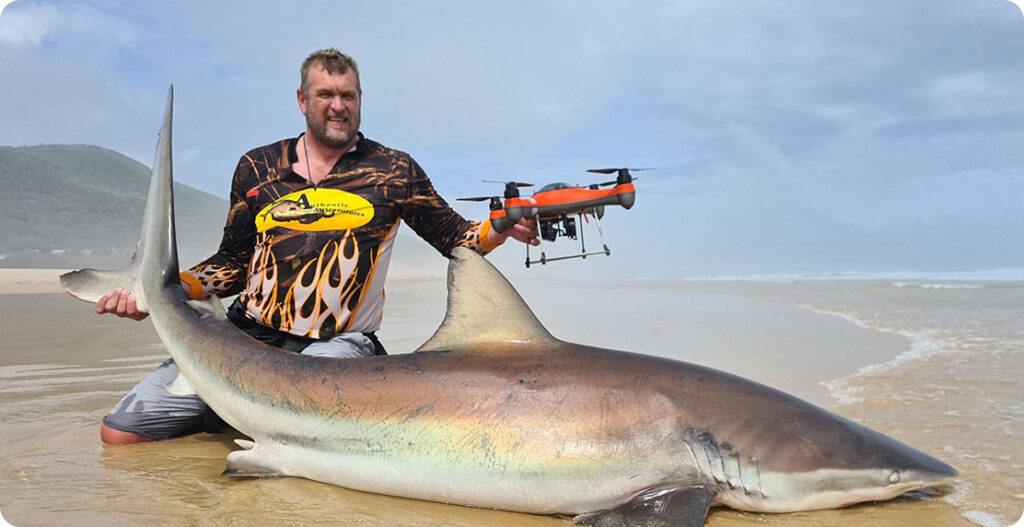
You want to be able to put enough pressure on the shark to land it in as short a time as possible without leaving it too exhausted to recover. And, at the same time, have your drag set so that it gives before the fish drags you into the water.
Weather patterns and water conditions are important considerations and can play a significant role in your success. Pay attention to tides and wind direction—sharks are skilled predators, and they use these environmental factors to their advantage. At high tide, sharks will venture closer to shore, and at low tide they will tend to move further offshore to deeper water.
Wind direction and speed affect currents along the shore which can affect bait movement and the sharks that are hunting them. Wind-driven currents can move seaweed and debris which can lead to fouled lines.
The choice to catch and release, for some species, is not just an option but required by law. In other cases, the choice is a personal one, but unless you are going to keep a shark to eat, try to practice safe catch and release.
A good tail rope, wire cutters, and dehooking tool will help protect both you and the sharks. And I’ve found that the thrill of the catch is often matched by the respect shown to these magnificent creatures when they’re returned to the ocean and the personal satisfaction of a successful safe release.
Frequently Asked About Land-Based Shark Fishing
Let’s take a look at some of the burning questions you may have about land-based shark fishing, and see if we can provide the answers you’re searching for.
What’s the best time of day to fish for sharks from shore? Dusk to dawn tends to be the prime time. Sharks are more active at night and during the low-light hours.
Do I need a special permit for shark fishing? Depending on where you are, you might. Always check local regulations before you go fishing to make sure you comply.
What’s the best type of bait to use? Fresh is always best. Use bait that’s common to the area you’re fishing in, like mackerel, mullet, jacks, rays, or bonito. And remember, the smellier, the better—sharks have an incredible sense of smell.
How can I ensure my safety while fishing for sharks from the beach? Stay vigilant and don’t fish alone. Bring the right gear, including long-nosed pliers, tail rope, and a dehooker. Never wade too far into the water, especially at night. And when wading, particularly at night, wear a PFD or life jacket.
Can I keep the shark if I catch one? That depends on the species and local regulations. Some shark species are protected and must be released if caught. It’s essential to identify the species before deciding to keep or release it.
How can I help to conserve shark populations while still enjoying fishing? Practice catch and release, and use circle hooks to reduce injury to the sharks. Participate in tagging programs if available, and educate yourself on shark conservation.
Land-Based Shark Fishing Conservation and Ethics
Now we’re going to tackle an aspect of land-based shark fishing that’s as crucial as the catch itself: conservation and ethical considerations. This is not just about the thrill of the catch; it’s also about ensuring the future of these magnificent creatures for future generations of shark anglers.
As anglers, we have an inherent responsibility to contribute to shark conservation efforts. That means understanding and practicing catch-and-release methods that prioritize the shark’s health and recovery. For instance, using circle hooks to reduce injury, handling the shark as little as possible once caught, and keeping the shark in the water as much as possible can make a significant difference in the shark’s chances of survival.
Overfishing can affect shark populations and disrupt marine ecosystems. Sharks play a vital role in maintaining the health of our oceans, and without them, we could see detrimental effects on the entire ocean environment. Therefore, every shark returned safely holds importance well beyond a single fishing trip.
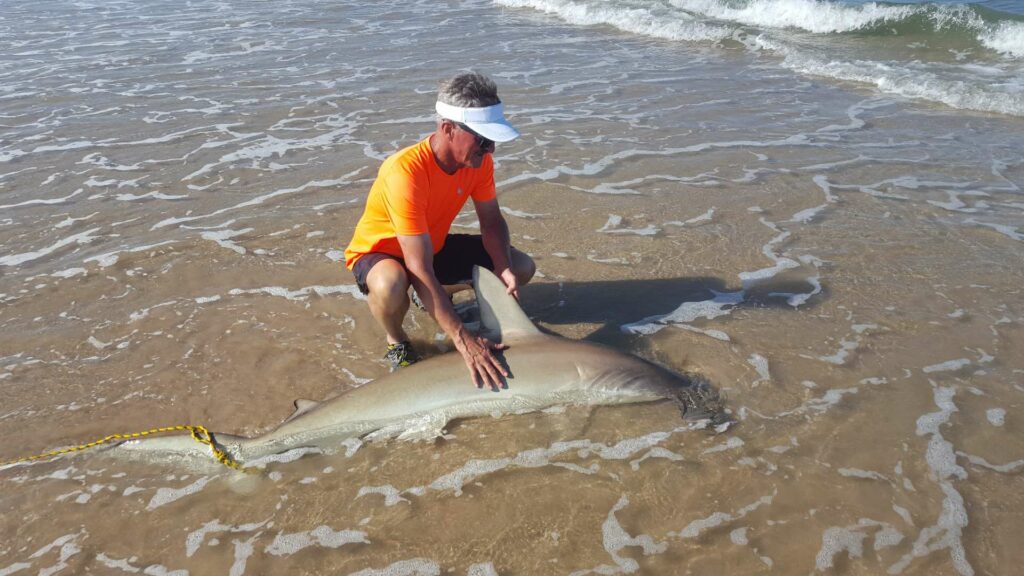
You don’t need to be an expert at land-based shark fishing from the start. Simply educating ourselves and others about the ecological importance of sharks, we can start to make informed decisions when we’re fishing for sharks.
Simple actions, such as participating in tagging programs for research or avoiding areas with shark nurseries, add up to substantial benefits for conservation. Use safe fishing methods, and as often as possible practice ‘catch, photo, and release’ (CPR) versus ‘catch and keep.’
So the question to you today is, how can you be a part of sustainable shark fishing? Think about joining local conservation groups and advocating for shark-friendly legislation. By doing so, you become part of a larger movement that supports marine life and preserves these awesome predators for future generations of land-based shark fishermen.
Land-Based Shark Fishing for Now and the Future
You’re going to find out that the most rewarding part of the sport of land-based shark fishing lies in the stories we create, the respect we demonstrate towards nature, and the legacies we leave for future anglers. By sharing our experiences and knowledge, and practicing ethical fishing, we contribute to a wider community that values sustainability and conservation.
KEY TAKEAWAYS: Land-based Shark Fishing is an Exciting Sport
- Be sure to familiarize yourself and follow all local laws and regulations
- Learn the behavior and habitat of the sharks you will be targeting to increase your chances of success.
- Select the appropriate gear and bait for shark fishing including specialized rigs, rods, and reels.
- As much as possible, practice CPR (catch-photo-release) when shark fishing.
Land-based shark fishing offers a unique opportunity to do battle with some of the ocean’s most fascinating creatures. If we approach it responsibly, we ensure that future generations will continue to have the opportunity to fish for these magnificent predators.
So my question to you today is, if you choose to take up the sport of land-based shark fishing, will you be just another angler, or will you be an advocate for the oceans and sharks? Let’s keep the spirit of responsible land-based shark fishing alive for generations to come.
I’d love to hear your feedback and your stories of land-based shark fishing, or any fishing for that matter. Until next time, keep those lines tight and we’ll see you on the beach! As always, stay safe, enjoy the journey and please try to leave it cleaner than you found it.
If you have any comments, questions, ideas, or suggestions please leave them in the comment section below and I’ll get back to you ASAP. You can follow us on Facebook: Rex The Beach Angler, Instagram: thebeachangler7, Twitter: @AnglerBeach, and YouTube: Man Art Creations.
P.S. – Thanks so much for checking out our blog we really appreciate it. Just so you know, we may receive a commission if you click on some of the links that appear on our site. This helps us keep our content free and up-to-date for everyone. We appreciate your support!
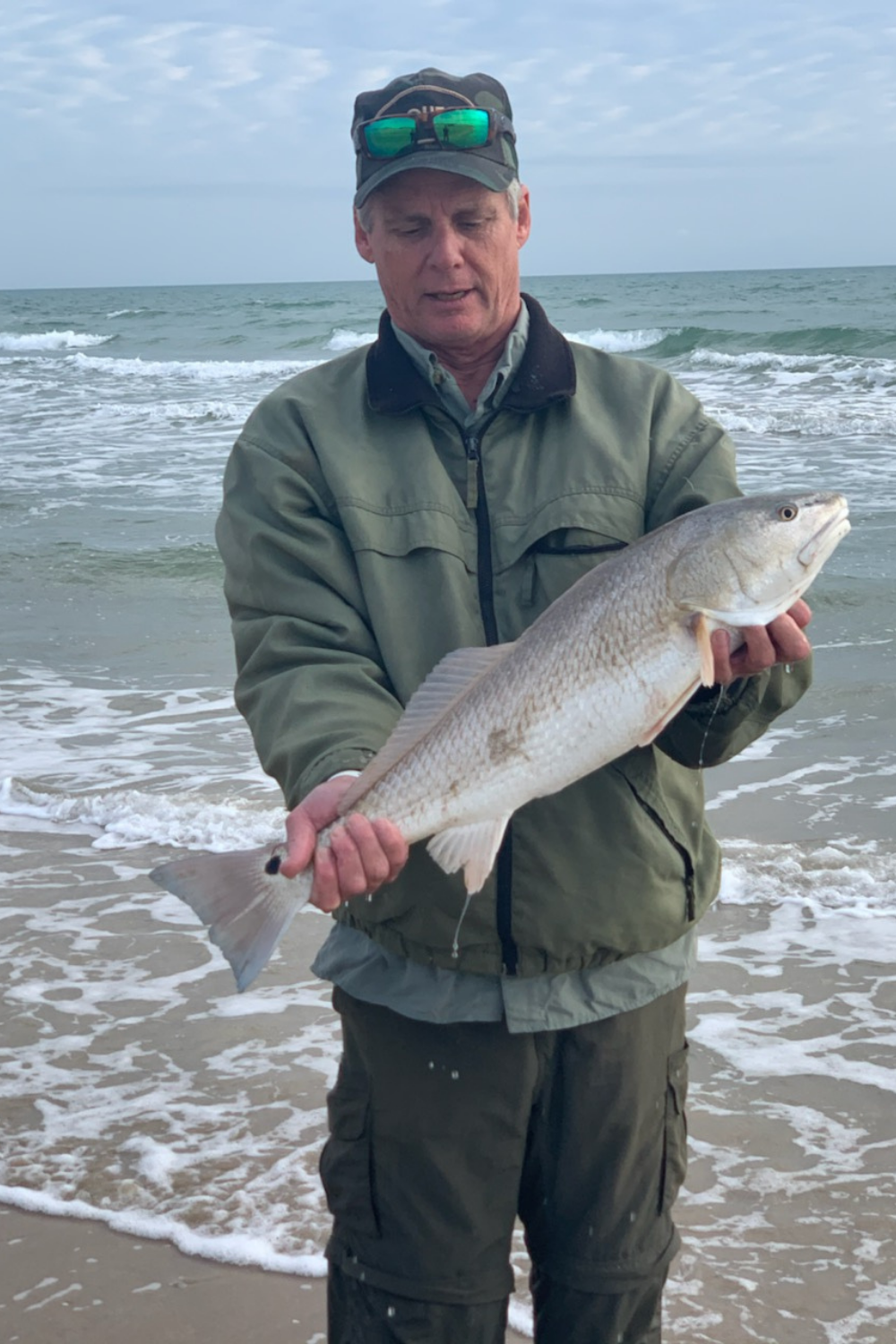
A life long surf fisherman with 50+ years of experience, I am also an avid hunter and outdoorsman. I will be sharing my passion for the outdoors with you so be prepared for hunting, fishing, camping, hiking and more. Along with gear reviews and the latest trends and innovations in the outdoor industry.
